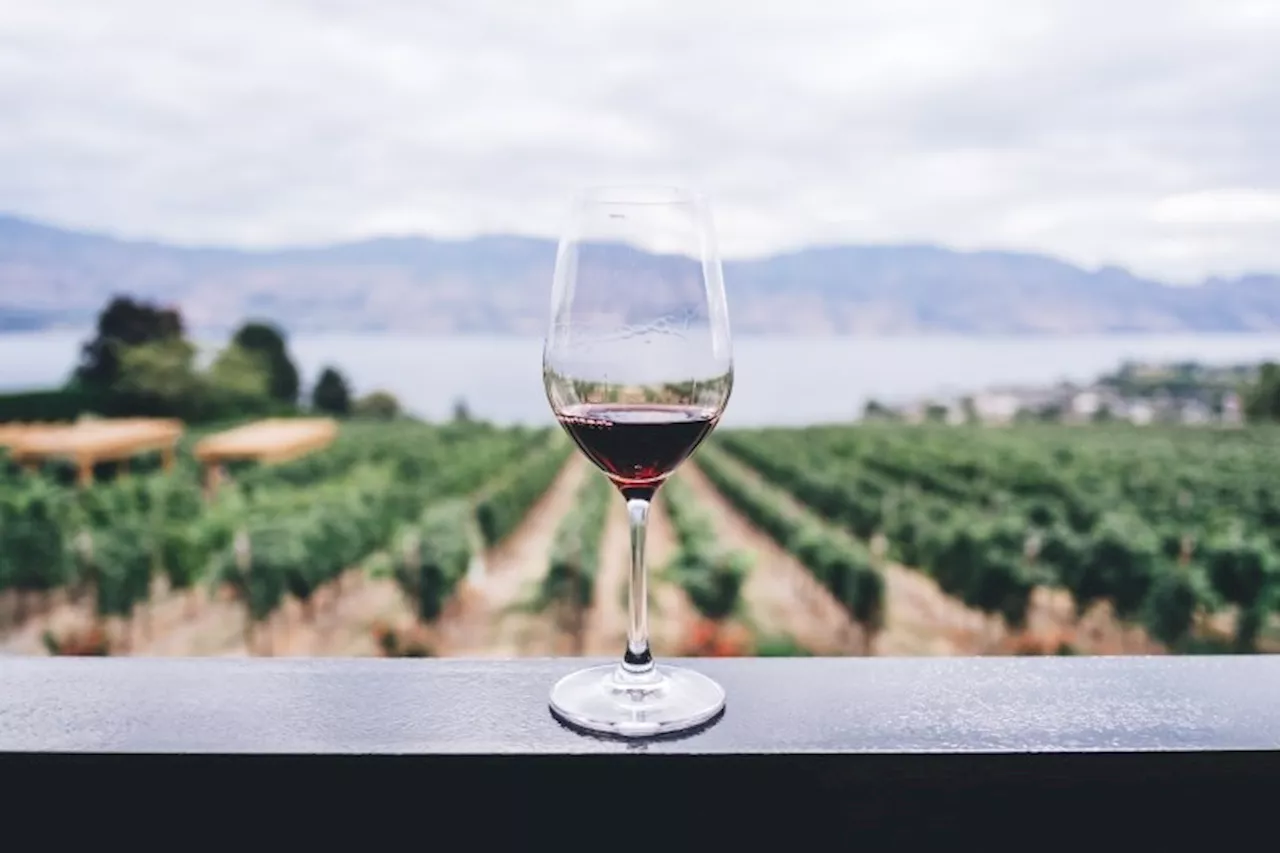This article discusses the importance of warning labels on alcohol, emphasizing the need for clear and informative messaging about cancer risks associated with alcohol consumption. While acknowledging the Surgeon General's call for such labels, the author critiques the alarmist tone often used in public health discourse, arguing for a more nuanced approach that considers the magnitude of the risk and avoids discouragement. It highlights the complex challenges of communicating health risks effectively and explores the history and effectiveness of fear-based public health campaigns. Finally, the article emphasizes the need for balanced and evidence-based communication to reduce alcohol-related harm.
The United States surgeon general recently called for a warning of cancer risk on alcohol labels. And I agree. But the discourse that has come out in the media, by health professionals and health influencers, has been alarmist and a disservice to informing the public on the real cancer risk s associated with alcohol. I’m a professor in Health Sciences at Simon Fraser University and I study how behaviours relate to the disease.
I also write a blog on the role health behaviours play in your health. Alcohol and cancer risk The surgeon general’s comments follow reports from the World Health Organization and Canada’s Guidance on Alcohol and Health, both of which state there is no safe amount of alcohol you can consume. This has been repeated by health professionals, those in public health and on social media, where health influencers have described alcohol as a toxin. But are these alarmist statements a good motivator for health messaging, or is there danger to using them? Statistically, your risk for cancer goes up from the very first sip of alcohol. That doesn’t mean you will get cancer from drinking alcohol, it just means your chances increase. And as you drink more alcohol, your chances further increase. It’s like betting in roulette: the more numbers you bet on, the more likely you are to win. Or in this case, lose. However, what’s lost in this messaging is how much this risk is. Based on Canada’s Guidance on Alcohol and Health, having one drink per week increases a women’s risk for breast cancer by 1.8 per cent. Approximately one in eight women will develop breast cancer in their life. Therefore, out of 800 women, one drink per week will result in two additional women getting breast cancer. Having one drink per day increases the risk seven-fold. These are real people who might otherwise not get breast cancer if they abstained from alcohol. While saying no amount of alcohol is safe is true, this can apply to a lot of common activities. In Canada, there are approximately 300 pedestrian deaths per year. Each day, on average, five Canadians die in motor vehicle accidents. While these numbers are much lower than the number of people who die from cancer each year, it would also be accurate to say there is no amount of walking or driving that is safe. Despite this, people will continue to cross the street and people will continue to drive. But this illustrates the challenge in informing the public about risks and changing behaviour. Fear in public health messaging The use of fear in public health has a long history. But measuring the effect of these campaigns is hard. Graphic images are used on tobacco products to scare people away from smoking. Carefully controlled studies indicate they increase health awareness but may have limited effect on smoking. However, similar graphic images on bottles of sugar-sweetened beverages in controlled studies has been shown to reduce consumption. During the COVID-19 pandemic, fear was at the forefront of public health efforts to control the spread of SARS-CoV-2. Indeed, the use of fear in public health messaging seemed to be quite an effective tool in ensuring behavioural compliance in pandemic measures. Community interviews of parents showed fear was at the root of both getting their children vaccinated (fear of the disease) or not (fear of the vaccination). The use of fear in public health messaging should only be used if there’s an effective solution. In the case of alcohol, there is: abstinence. But the use of fear should also be commensurate with the risk, otherwise it risks having people tune out. This may be particularly problematic when previous guidelines stated beneficial effects of moderate drinking and current guidelines on alcohol state one to two drinks per day is acceptable. Instead, the public may be best served by communicating the risk in terms the public understands, such as how many more people will get cancer from drinking. Alcohol should have a warning label on it Alcohol consumption in Canada is on the decline. In 2022, alcohol consumption decreased by 1.2 per cent compared to 2021. And in 2023, 54 per cent of Canadians reported having no alcohol over the previous week, with younger Canadians drinking less than their older counterparts. These trends are similar in the United States. More than 40 countries have a warning label on alcohol (although far fewer mention cancer), but Canada and many European countries are not included. They should be. Alcohol is a highly addictive substance that can destroy the lives of those addicted to it and those around them. It impairs judgment and accounts for dozens of deaths per year from drinking and driving. Pregnant women drinking alcohol also increase their risk of their child having fetal alcohol spectrum disorder. Alcohol is also a drug you can overdose from. Warning labels on alcohol are a good step to reduce health risks, as long as they are clear and informativ
Alcohol Consumption Cancer Risk Public Health Warning Labels Fear Appeal
Canada Latest News, Canada Headlines
Similar News:You can also read news stories similar to this one that we have collected from other news sources.
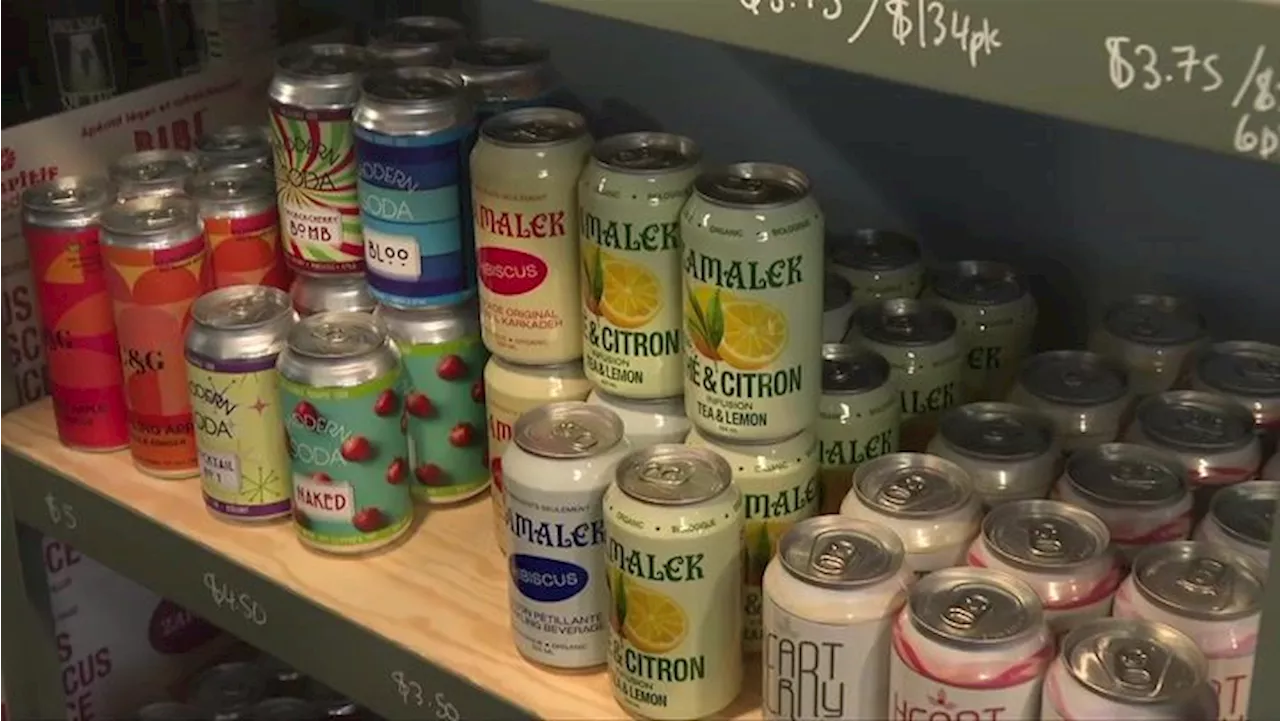 Canada Lacks Alcohol Warning Labels Despite U.S. Surgeon General's CallWhile a Victoria-based non-alcoholic beverage shop sees booming business due to stricter labeling requirements for non-alcoholic drinks, Canada faces criticism for lacking warning labels on alcoholic beverages. This comes after the U.S. Surgeon General highlighted the link between alcohol consumption and increased cancer risk, urging for updated health warnings on alcoholic drinks. Canadian researchers echo the call for action, emphasizing the need for public awareness regarding the health implications of alcohol consumption.
Canada Lacks Alcohol Warning Labels Despite U.S. Surgeon General's CallWhile a Victoria-based non-alcoholic beverage shop sees booming business due to stricter labeling requirements for non-alcoholic drinks, Canada faces criticism for lacking warning labels on alcoholic beverages. This comes after the U.S. Surgeon General highlighted the link between alcohol consumption and increased cancer risk, urging for updated health warnings on alcoholic drinks. Canadian researchers echo the call for action, emphasizing the need for public awareness regarding the health implications of alcohol consumption.
Read more »
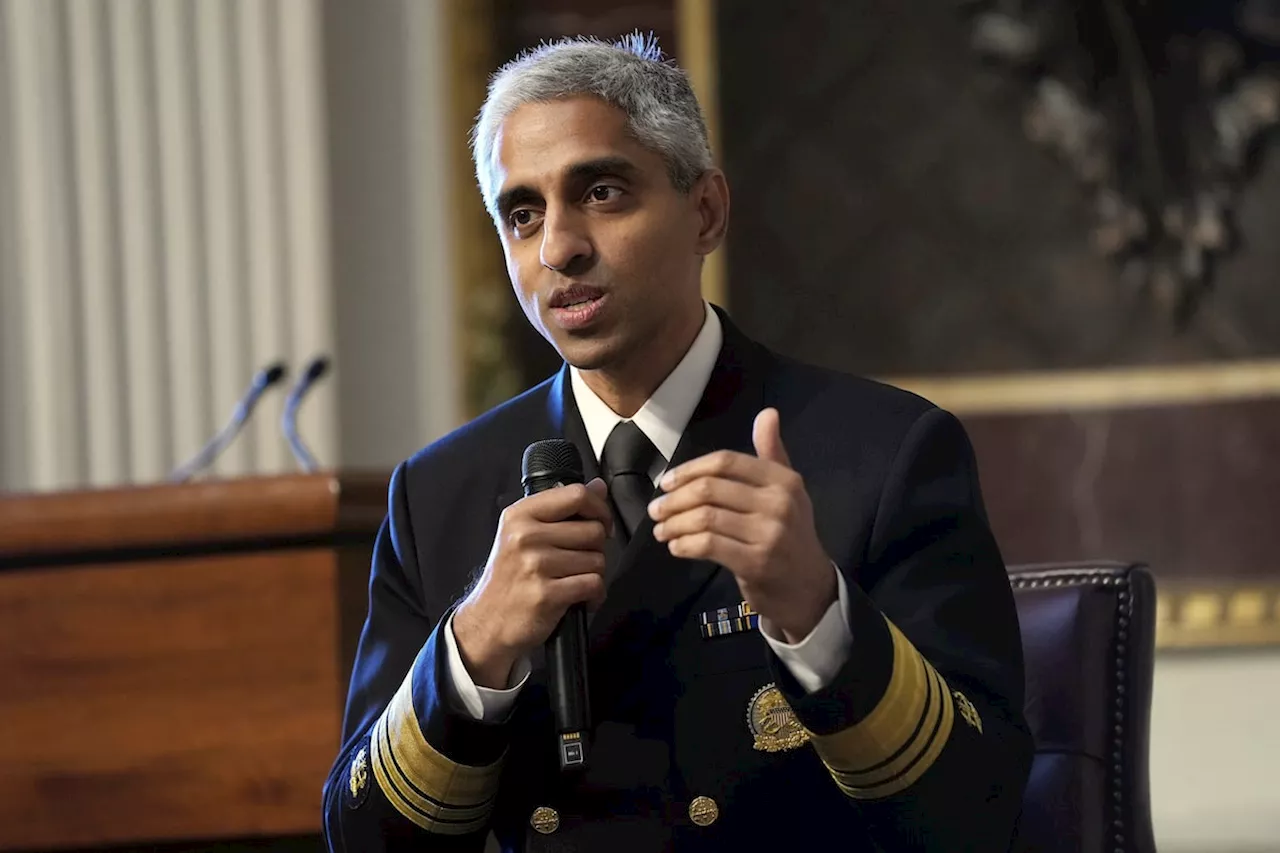 U.S. Surgeon General Calls for Cancer Warning Labels on AlcoholThe U.S. Surgeon General, Vivek Murthy, has issued an advisory recommending that alcoholic beverages carry labels warning consumers about the increased cancer risks associated with their consumption. The advisory also calls for a reassessment of alcohol consumption guidelines to include cancer risk alongside existing warnings about birth defects and impaired operation of machinery.
U.S. Surgeon General Calls for Cancer Warning Labels on AlcoholThe U.S. Surgeon General, Vivek Murthy, has issued an advisory recommending that alcoholic beverages carry labels warning consumers about the increased cancer risks associated with their consumption. The advisory also calls for a reassessment of alcohol consumption guidelines to include cancer risk alongside existing warnings about birth defects and impaired operation of machinery.
Read more »
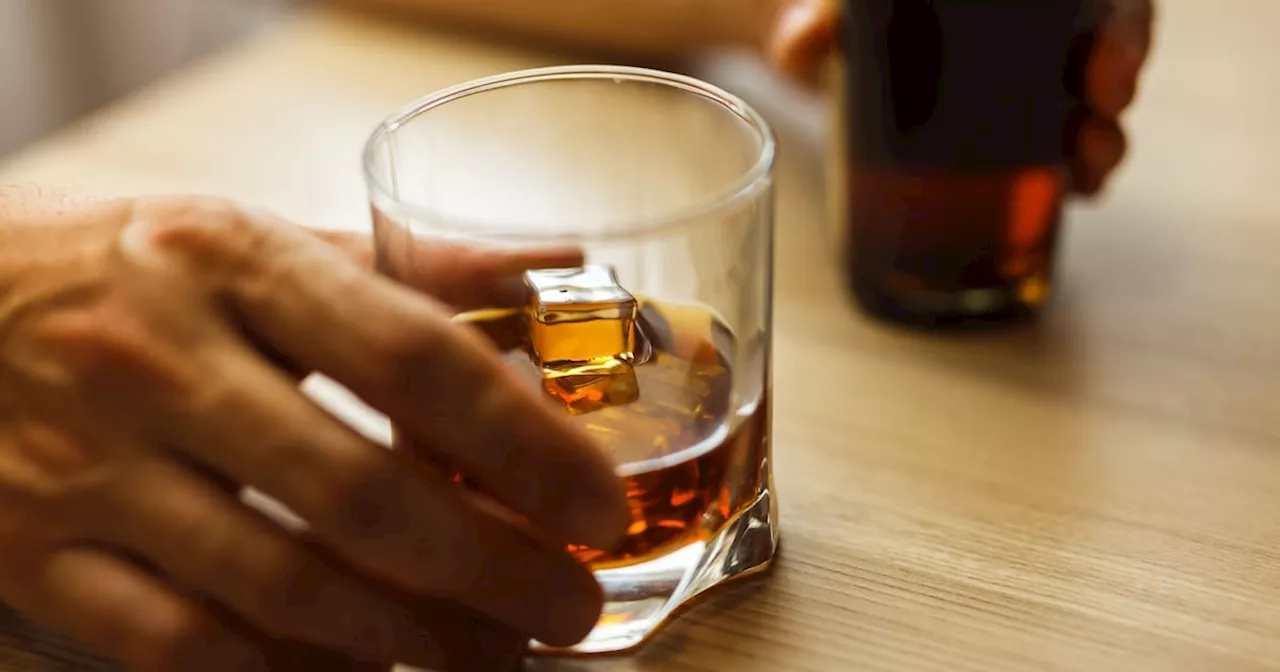 Surgeon General Warns of Alcohol's Cancer Risk, Calls for Updated LabelsU.S. Surgeon General Dr. Vivek Murthy issued an advisory Friday warning Americans about the increased cancer risk associated with alcohol consumption. He called for updated health warning labels on alcoholic beverages, noting that alcohol is the third-leading preventable cause of cancer in the US, responsible for about 100,000 cases and 20,000 deaths annually.
Surgeon General Warns of Alcohol's Cancer Risk, Calls for Updated LabelsU.S. Surgeon General Dr. Vivek Murthy issued an advisory Friday warning Americans about the increased cancer risk associated with alcohol consumption. He called for updated health warning labels on alcoholic beverages, noting that alcohol is the third-leading preventable cause of cancer in the US, responsible for about 100,000 cases and 20,000 deaths annually.
Read more »
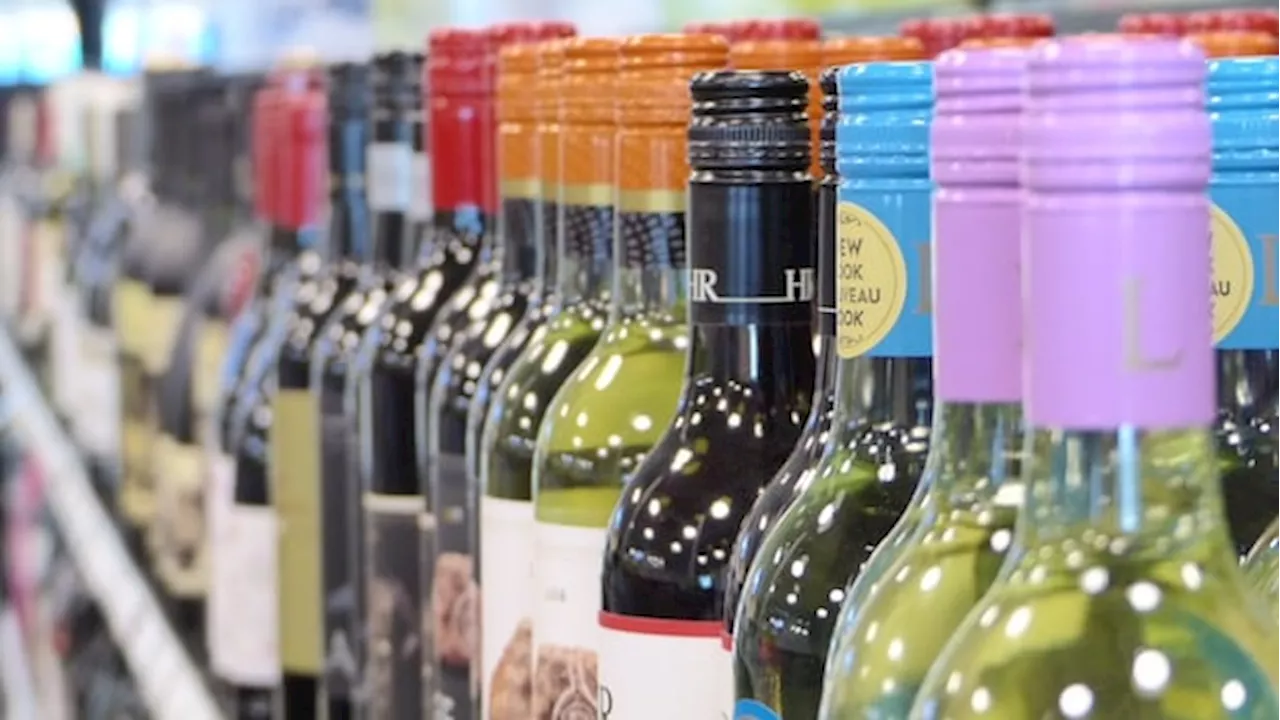 U.S. Surgeon General Calls for Cancer Warning Labels on Alcoholic DrinksThe U.S. Surgeon General has issued an advisory calling for cancer warning labels on alcoholic beverages. The advisory states that alcohol consumption is a leading preventable cause of cancer, increasing the risk of various types, including breast, colon, and liver cancer.
U.S. Surgeon General Calls for Cancer Warning Labels on Alcoholic DrinksThe U.S. Surgeon General has issued an advisory calling for cancer warning labels on alcoholic beverages. The advisory states that alcohol consumption is a leading preventable cause of cancer, increasing the risk of various types, including breast, colon, and liver cancer.
Read more »
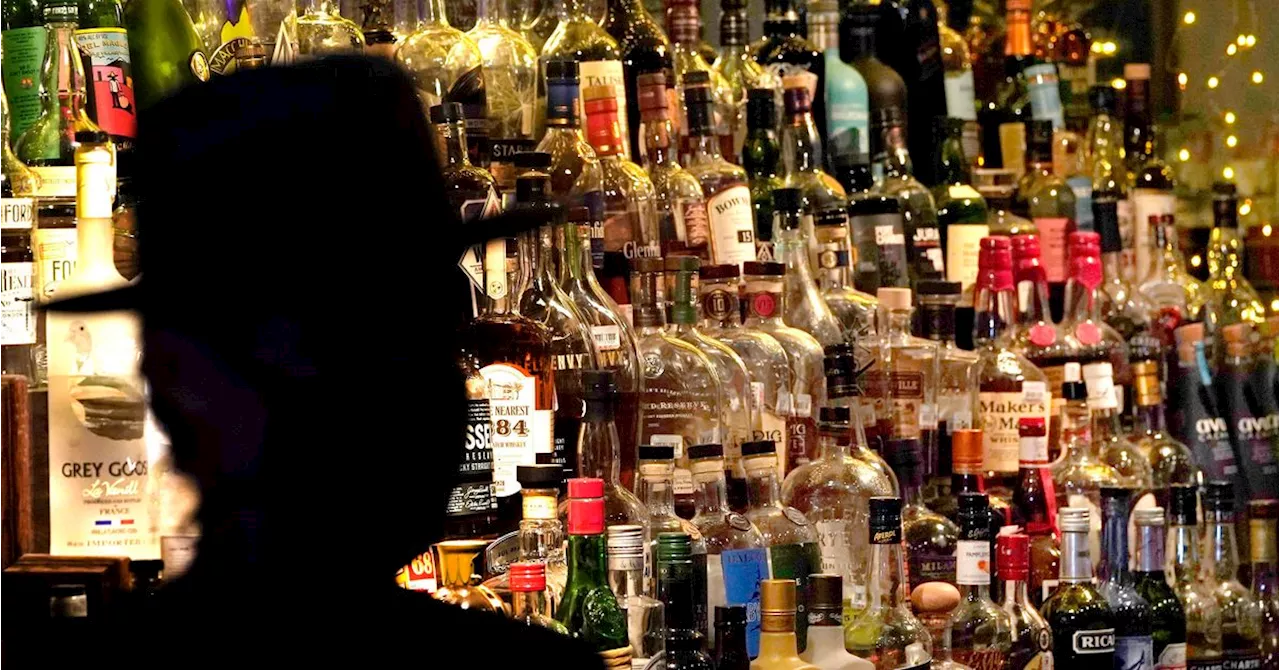 Surgeon General Recommends Cancer Warning Label on AlcoholThe U.S. Surgeon General has issued an advisory recommending a new warning label on alcoholic beverages, highlighting the link between alcohol consumption and cancer.
Surgeon General Recommends Cancer Warning Label on AlcoholThe U.S. Surgeon General has issued an advisory recommending a new warning label on alcoholic beverages, highlighting the link between alcohol consumption and cancer.
Read more »
 Ford Issues Stark Warning to Trump: Remove U.S. Alcohol from LCBO Shelves if Tariffs ImposedOntario Premier Doug Ford threatens to remove American alcohol from LCBO shelves if former U.S. President Donald Trump imposes tariffs on Canadian goods. The statement comes as the federal cabinet prepares for a potential trade war.
Ford Issues Stark Warning to Trump: Remove U.S. Alcohol from LCBO Shelves if Tariffs ImposedOntario Premier Doug Ford threatens to remove American alcohol from LCBO shelves if former U.S. President Donald Trump imposes tariffs on Canadian goods. The statement comes as the federal cabinet prepares for a potential trade war.
Read more »
